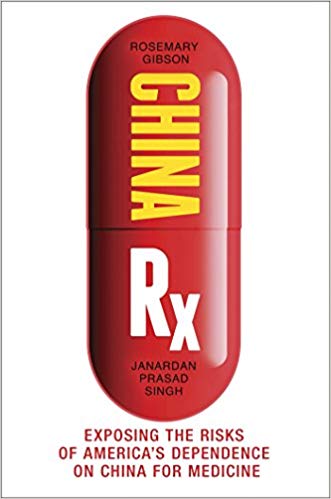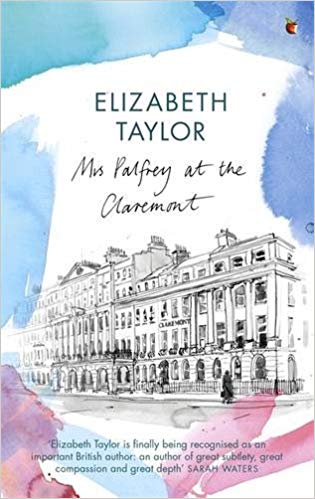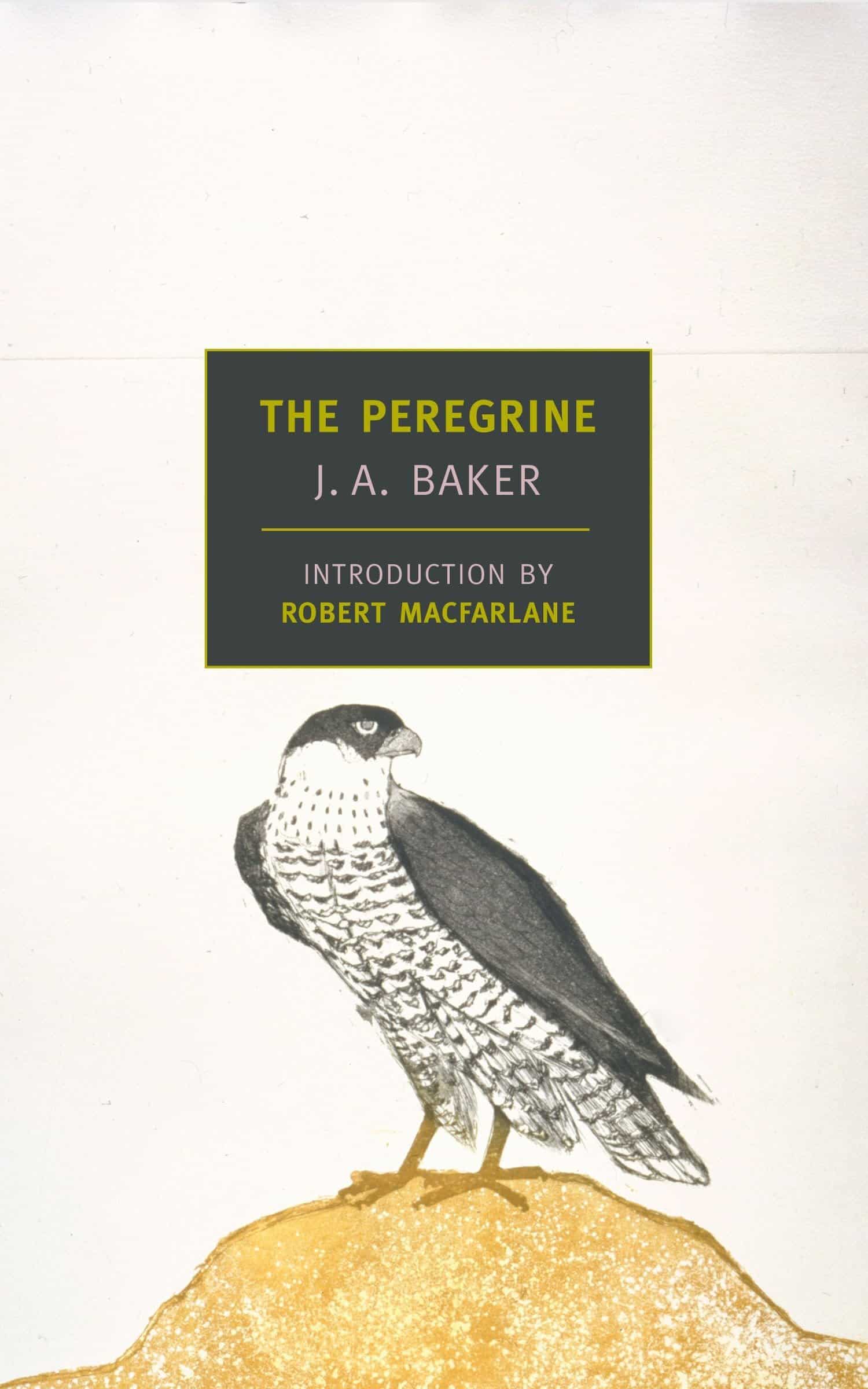
China RX : Exposing the Risks of America’s Dependence on China for Medicine
by Rosemary Gibson & Janardan Prasad Singh
This “must read”, well-researched book begins with a tragic, true story about a healthy physician who was administered a contaminated blood thinner drug, heparin, in 2007. “ At the time of the contamination, China controlled half of the world’s supply of the active ingredient for heparin. FDA officials admitted during congressional testimony that they didn’t ban all Chinese-made heparin because of fear of a shortage.” It proceeds to examine our dependence on China for pharmaceuticals and other compelling issues. Did you know :
- Some Chinese manufactured drugs are ineffective because they do not contain the required amount of an active ingredient. Some drugs can contain a toxin that causes irreparable harm. For example, Valsartan, the popular generic blood pressure drug, was recalled July 2018, due to known carcinogens in the drug. We all heard of the toothpaste made in China in 2007 containing antifreeze. Hospitals, hotels and stores were affected and recalled the toothpaste. Then there was the disaster about the melamine found in Chinese produced cat & dog food.
- “China is the only source of all antibiotics including the prime ingredient in vancomycin, which is the antibiotic hospitals use as “the last resort” when a patient is dying from an infection resistant to everything else.”
- Antibiotics, vitamins, aspirin and other over the counter drugs, birth control pills, drugs for Parkinson’s, chemotherapy, and HIV/AIDS are some of the pharmaceuticals made in China, from Chinese raw materials, and sold in the U.S. The U.S. and other countries are so dependent that if China decided not to export their drugs “within months hospitals would cease to function.” China is the largest global supplier of the active ingredients needed to make most prescription drugs. For instance , a drug may be made in India, but the active ingredient for the drug may be made in China. It’s also the largest exporter of medical devices, such as implants for hip replacement, MRI machines, dental implants, & cardiac stents.
- China poses a security risk for the U.S. because it could take advantage of the situation. “There is a lack of transparency and we don’t know why many medicines are constantly in shortage. We need to have a system to find out if there is deliberate market manipulation or other factors.”
- U.S. pharmaceutical companies “built research & manufacturing facilities in China, trained Chinese workers jobs Americans performed for generations”, causing enormous layoffs of highly trained and experienced scientists in the U.S., creating a “brain drain”.
- Chinese companies priced manufacturing bids below their own costs to undercut other countries and the U.S. causing these companies to close and eliminate competition. The Chinese government, who owns all the companies , deliberately planned to eliminate all competitors so they would have a global monopoly on pharmaceuticals . “The last plant manufacturing aspirin in the U.S. closed in 2002. In Europe, the last plant manufacturing acetaminophen ( i.e. Tylenol) shut down in 2008 “. Later metal particles were found in the acetaminophen made in China.
- “In their goal to steal biomedical research, U.S. academic medical centers conducting biomedical research are hacked by China. A chief executive officer of a large teaching hospital said his organization experiences millions of attempted intrusions per day”.
Co-author Rosemary Gibson is an editor for JAMA Internal Medicine, a Senior Advisor at The Hastings Center (an independent bioethics research institute) , an award-winning author, and advisor to organizations that advance the public’s interest in health care. She is the 2014 recipient of the highest honor from the American Medical Writers Association for her outstanding contributions to the field of medical communication.
Co-author Janardan Prasad Singh is economic advisor at the World Bank. He designs strategies to strengthen economic development, health care, global trade, and national security for countries around the world. He has served as an advisor to prime ministers of India on national security

Mrs. Palfrey at the Claremont
by Elizabeth Taylor
Recently windowed, Mrs. Palfrey resigns herself to move into the Claremont Hotel, a modest retirement home in London. Her daughter lives far from her in Scotland, while her grandson, Desmond, lives closer, though she rarely sees him.
The Claremont Hotel residents are all older like herself, but most are humdrum & stuffy.
Lonely, she longs for friendship. One day, on her way from the local library, she slips & falls on the sidewalk and is rescued by Ludo, a young man. An unexpected friendship ensues. Read this poignant, perceptive novel to discover what occurs next. FYI : The author was a notable English writer, not the iconic Hollywood actress.

The Peregrine
by J.A. Baker
Considered one of the most outstanding nature books of the 20th Century by renowned nature writers, J.A. Baker’s masterfully written book is written in journal form. It chronicles his observations of peregrines one winter season, from October to April in Essex, England. With no plot or characters, other than himself and the peregrines, the only action is the peregrines’ behavior. The exquisite prose details the author’s meticulous observations detailing their daily activity, such as how they hunt. An absolutely fascinating, intense meditation to be read and reflected upon, it’s definitely not a speed read. Baker poetically laments the plight of the peregrine. In the 1960’s when “The Peregrine” was written, the birds were near extinction due to the widespread use of pesticides in England. Baker assumed they would eventually become extinct. Fortunately they recovered and are no longer endangered. Eventually Baker became obsessed with the peregrine, to the point he wanted to merge and become one with it. “Wherever he goes, this winter, I will follow him. I will share the fear, and the exaltation, and the boredom, of the hunting life, I will follow him till my predatory human shape no longer darkens in terror the shaken kaleidoscope of colour that stains the deep fovea of his brilliant eye.”
